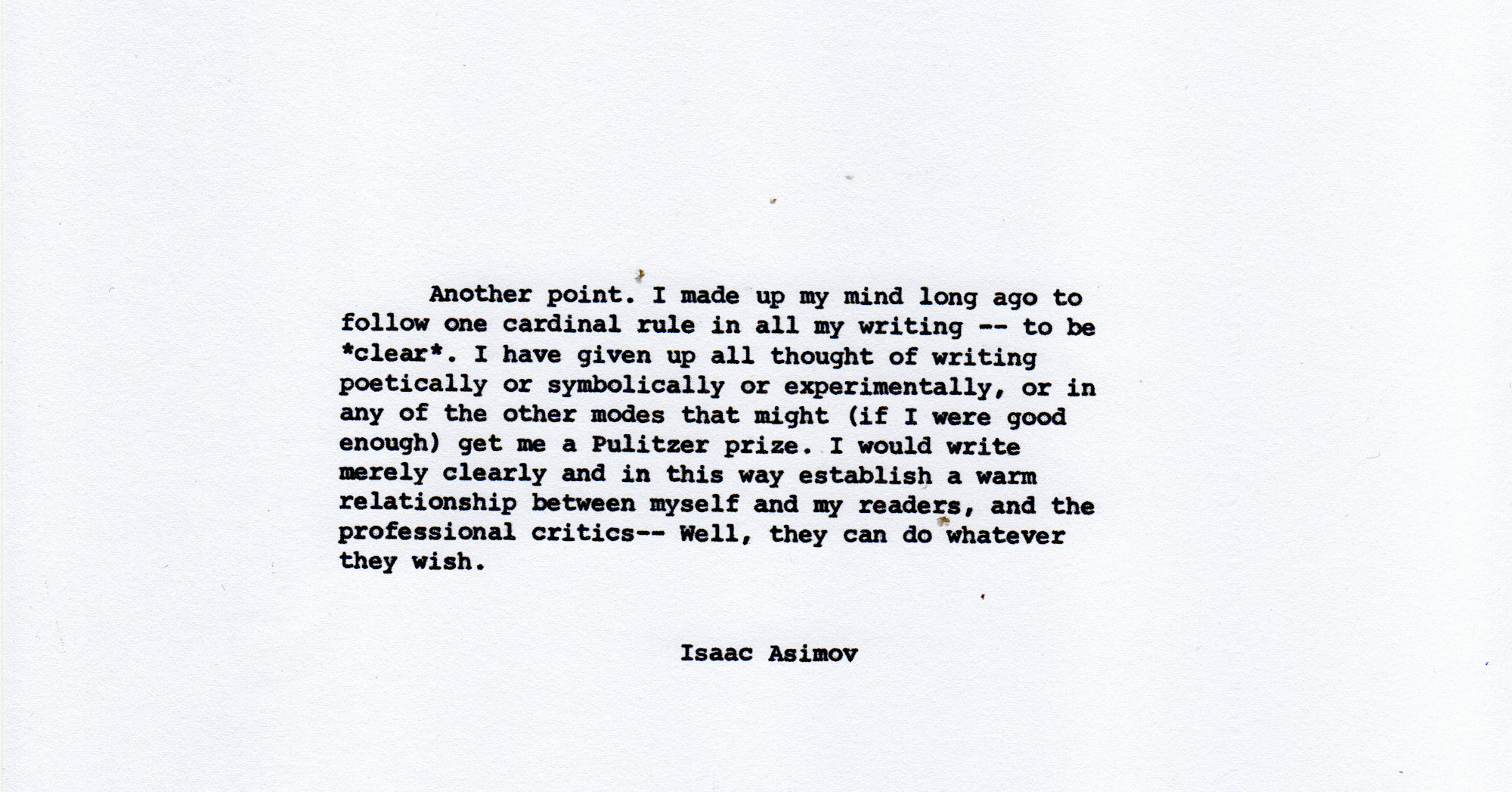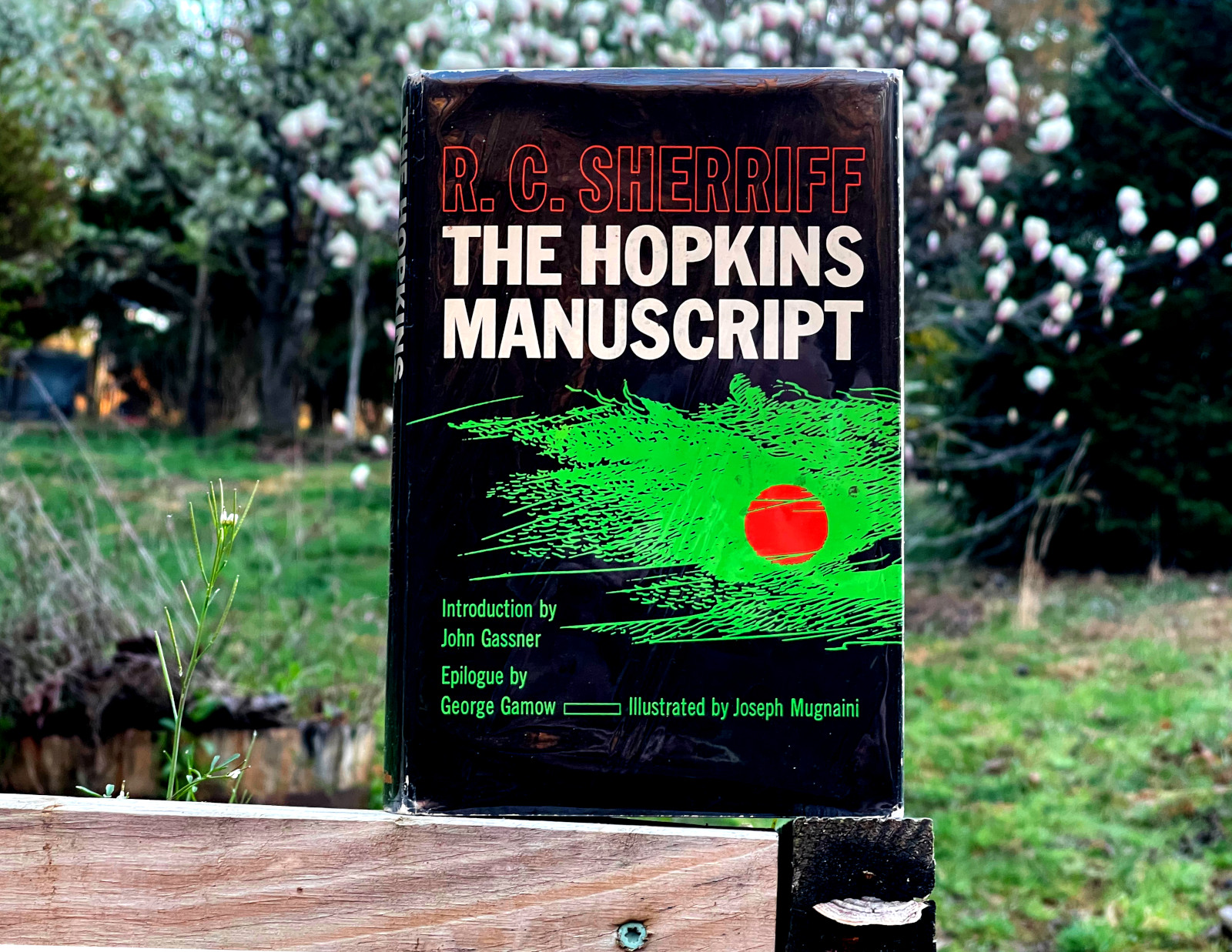
Many news outlets are reporting this morning that MAGA-world is freaking out about Trump’s indictment. Are they? I don’t see much sign of that. It looks to me to be just the usual theater in which the usual passengers in the MAGA clown car perform in front of the cameras for “the base.” One way that I try to keep an eye on the local Republican Party is to watch their Facebook group. There has been only one post there about the indictment. It linked to Trump’s statement from wherever he posts these days in which Trump tries to stir up enough rage to get people into the streets and to send him money. But reporters in New York wrote last night that not a single Trump supporter showed up outside the district attorney’s office. I seriously doubt that any more fools wearing red caps are willing to go to prison for Trump. Those days are over. And while some of the groundlings, as an expression of their demoralization, may send money to Trump, the cold-hearted big-money donors know better than to waste any more money on Trump. We must try to follow the money if we want to understand what the Republican Party will try to pull off next.
If we are fortunate — and I think it may be the case — then the demoralization of Trump world has begun. They know he’s guilty, and they know that the indictment in New York is not nearly as serious as the indictments we’ll see in Georgia and from the U.S. Department of Justice.
The sort of people who show up and cheer at Trump rallies don’t know a thing. But you can be sure that Republican grandees much farther up the food chain who do know some things have got to figure out how to pivot. Those grandees know that Trump is finished, kaput, ruined, useless. Trump is worse than useless now, actually, because the grandees have to figure out how to get the groundlings to turn on Trump and to be open to new concoctions of deception and resentment that might have a chance of keeping Republicans from being crushed in the 2024 elections.
This is a real test of the mainstream media, and now is a good time take some measures on the degree to which news outlets are willing to deceive us in order to keep us clicking and to keep their ratings up. Politico, for example, wrote a piece the day before Trump was indicted saying that the New York grand jury was going to break for a month and that there would be no indictment for at least a month. Politico wrote that piece as though it was something new, though in fact that month had been part of the grand jury schedule all along, as the district attorney of course knew. Huffington Post and other outlets then took that idea and ran with it (see below), and no doubt it got them lots and lots of clicks. Remember this deception in the future when assessing how much we should trust Politico and Huffington Post.
Last night, the Washington Post put up an editorial “The Trump indictment is a poor test case for prosecuting a former president.” This is an example of centrist pandering, trying to appear “objective” and trying not to appear too liberal. Let’s remember that in the future in assessing how much we should trust the Washington Post’s editorial department.
Here I can’t resist putting in a plug for what I’ve written here in the past — that Trump is going to prison. It’s not that I found that idea in a crystal ball. Rather, it’s obvious, because Trump’s guilt is obvious, and because I paid no attention to the he’s-going-to-get-away-with-it-all clickbait. Four years of Trump in the White House was not enough time for Republicans to destroy the institutions of government responsible for holding criminals like Trump accountable and to make America safe for Putin-style oligarchs. Eight years probably would have been enough, which is why they were so desperate to stay in power.
Meanwhile, let’s feast on the Schadenfreude and cringe with disgust at the depravity of right-wing operatives and bloviators who would never use the word “justice” until justice comes for a rich fascist criminal pig such as Donald Trump.
















